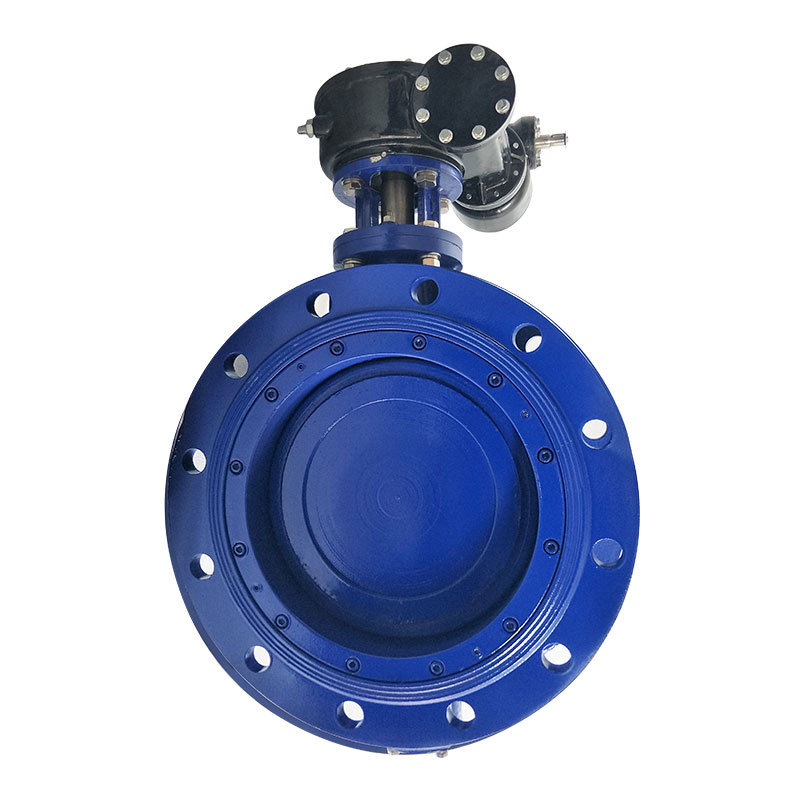Tel : +86-18059296519
Whatsapp : +8618059296519
Email : [email protected]
Choosing the right valve type ensures efficient and reliable industrial system operations. Two commonly used valves are butterfly valve pneumatic actuators and solenoid valve actuators.
Understanding what they are, particularly how they are actuated, can help you decide on your specific needs.
What is a butterfly valve ? A butterfly valve is a quarter-turn rotary valve known for its simple design. It features a disc positioned in the center of the flow path.
Rotating the disc controls the flow of fluids: a 90-degree turn positions the disc parallel to the flow path for full flow, while a 0-degree turn positions it perpendicularly, blocking the flow.
Butterfly valves are typically operated manually using a lever or handle. However, for automated control, they can be paired with an actuator, such as a pneumatic actuator or a solenoid valve actuator.
What is a solenoid valve? A solenoid valve is an electromechanically operated valve. It uses an electromagnetic coil to control the flow of fluids. When an electrical current passes through the coil, it generates a magnetic field that opens or closes a plunger within the valve body. This plunger regulates the flow path, allowing or stopping the flow of fluids.
Unlike butterfly valves, solenoid valves are typically two-position valves, meaning they are either fully open or fully closed.
Here’s a breakdown of the key differences between butterfly valves and solenoid valves:
Butterfly valves are primarily mechanical, while solenoid valves are electromechanical.
Butterfly valves offer both manual and automated control (via actuators), while solenoid valves are primarily controlled electrically.
Butterfly valves can be used for throttling (regulating flow rate), while solenoid valves are typically on/off valves.
Butterfly valves can handle higher-pressure applications than solenoid valves.
Solenoid valves have a simpler design compared to butterfly valves with actuators.
Solenoid valves generally offer faster operation compared to some actuated butterfly valves.
Solenoid valves are generally less expensive than actuated butterfly valves.
Choosing the Right Valve for Your Application
When deciding between a solenoid valve and a butterfly valve pneumatic actuator solenoid valve combination, consider the specific needs of your application. Solenoid valves are best for situations that require precise control and rapid actuation, while butterfly valves offer versatility and efficiency for larger, more complex systems.
